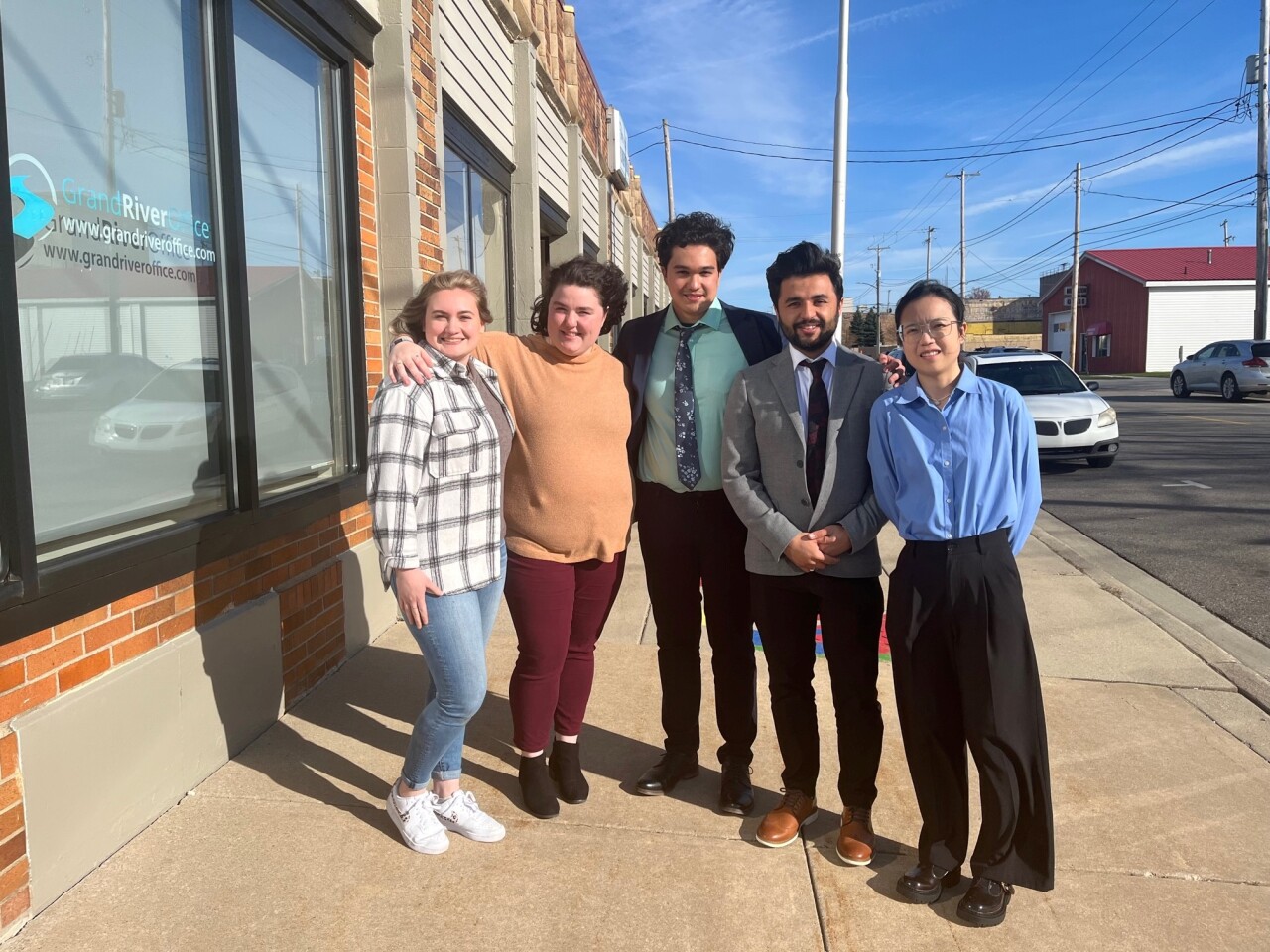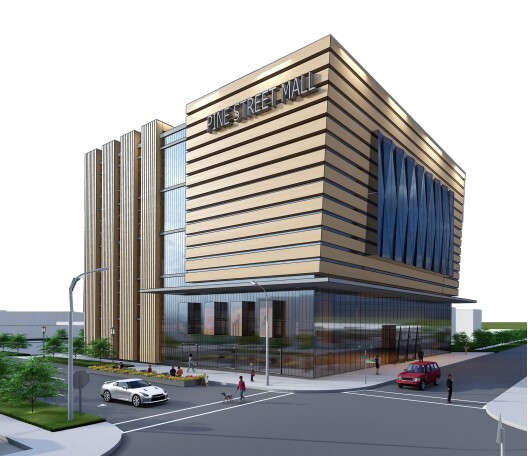MUSKEGON, Mich. — A project by students at Michigan State University could change the way in which an area near downtown Muskegon looks.
“We really learned some things from them, and we were able to provide them with a great opportunity, that they're going to be able to use moving forward with their careers as well,” said Mike Franzak, planning director for the city of Muskegon.
In January, the Muskegon Planning Department, Downtown Development Authority, and Muskegon Lakeshore Chamber of Commerce partnered with five graduate students from MSU’s Urban and Regional Planning program to create a Pine Street Business District improvement plan.
The students presented the final report to the Muskegon City Council this month.

“We think that if the business people invest here, they will really, they would really have a good return on their investment,” said Ahmad Behzad, one of the students.
The plan recommends officials add streetscape elements and enhance the look of existing buildings. It also proposes the construction of two mixed-use buildings and a large mall to fill empty parcels and meet the community’s need for more commercial and residential spaces.



Behzad said that when areas lack features like that, it can create obstacles.
“The city wants to increase the tax revenues and [increased] tax revenues only happen when you attract businesses, business people come to the, to your city,” said Behzad. “If those infrastructure and services are missing, it's very hard for the city to actually compete with other neighboring cities.”
The city of Muskegon paid MSU $3,500 for the plan. According to Franzak consultant groups charge upwards of $30,000 for similar work.
He noted the students also put together paperwork which helps the businesses already in the Pine Street Corridor form an association.
“That will help them build momentum and work together,” said Franzak. “What they can use this plan for is to remind their city commissioners that this is a focus area, and to kind of fight for some of those dollars where we can do some streetscape improvements, [etc.].”
He added, “I think with those [the streetscape and facade improvements], we're going to also attract different developers that are going to see the potential for these three lots that are pretty large in scale.”
Investors would be needed to construct the proposed buildings, but both Franzak and Behzad believe the community will come together to make it happen.
“It’s data driven, demand driven, so there should be a supply for this demand,” said Behzad.
To read the plan in full, read below:





